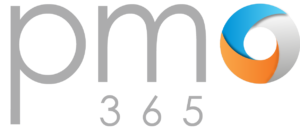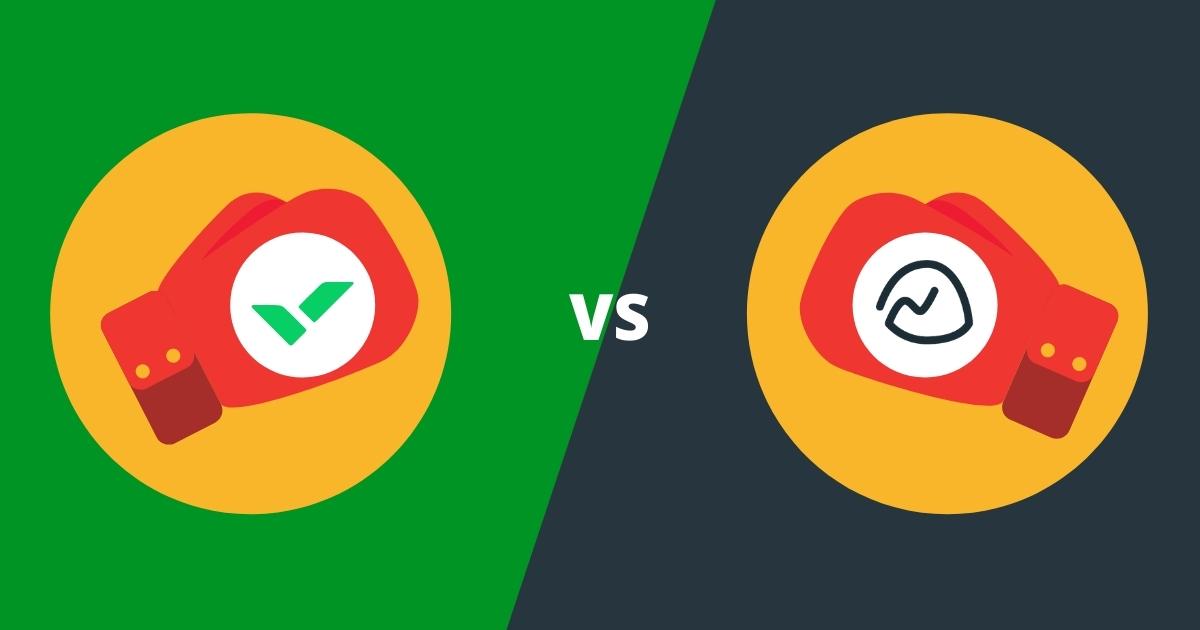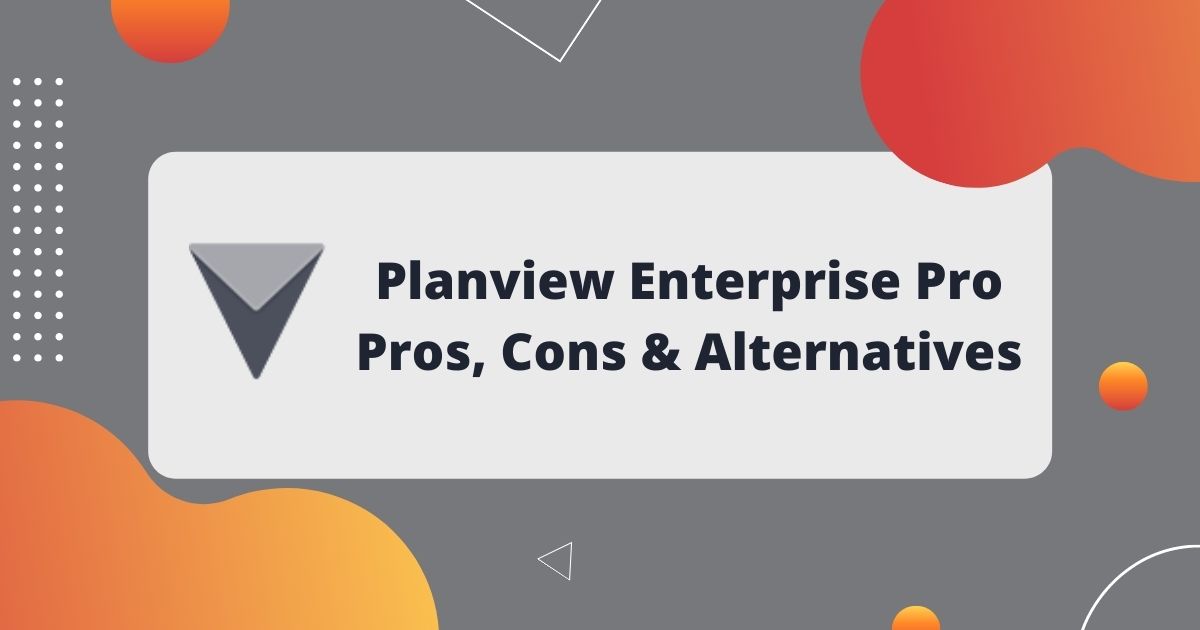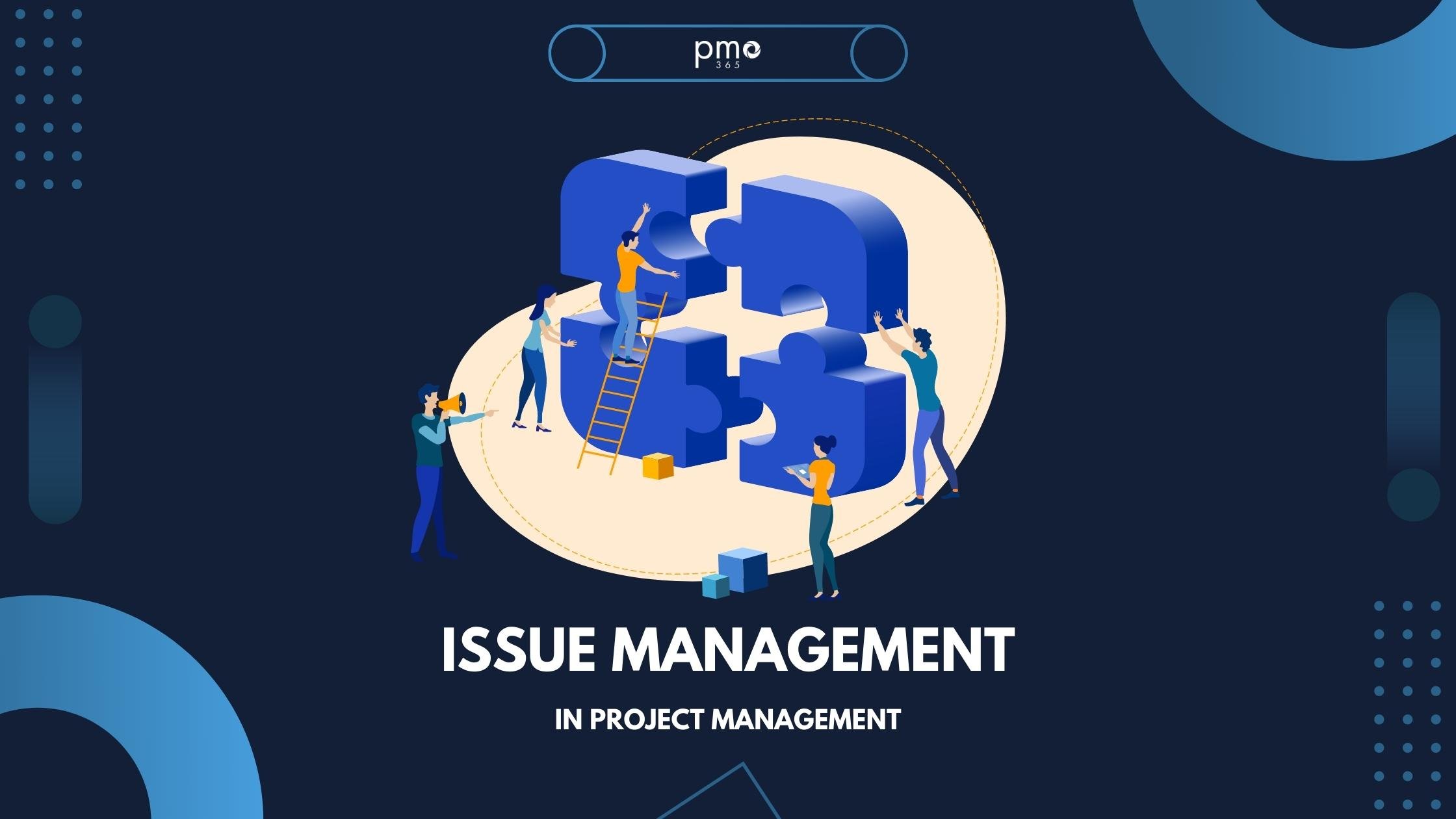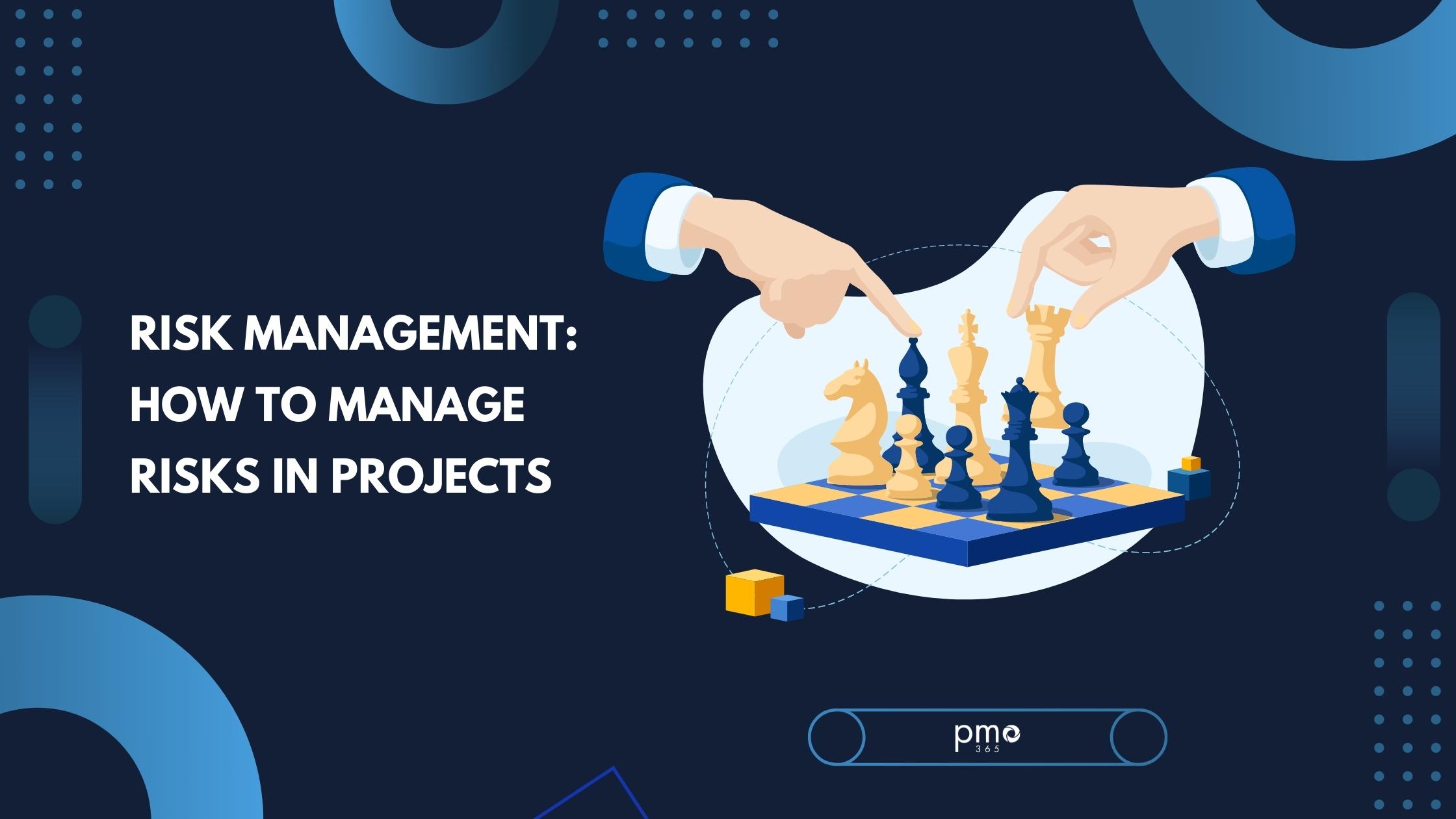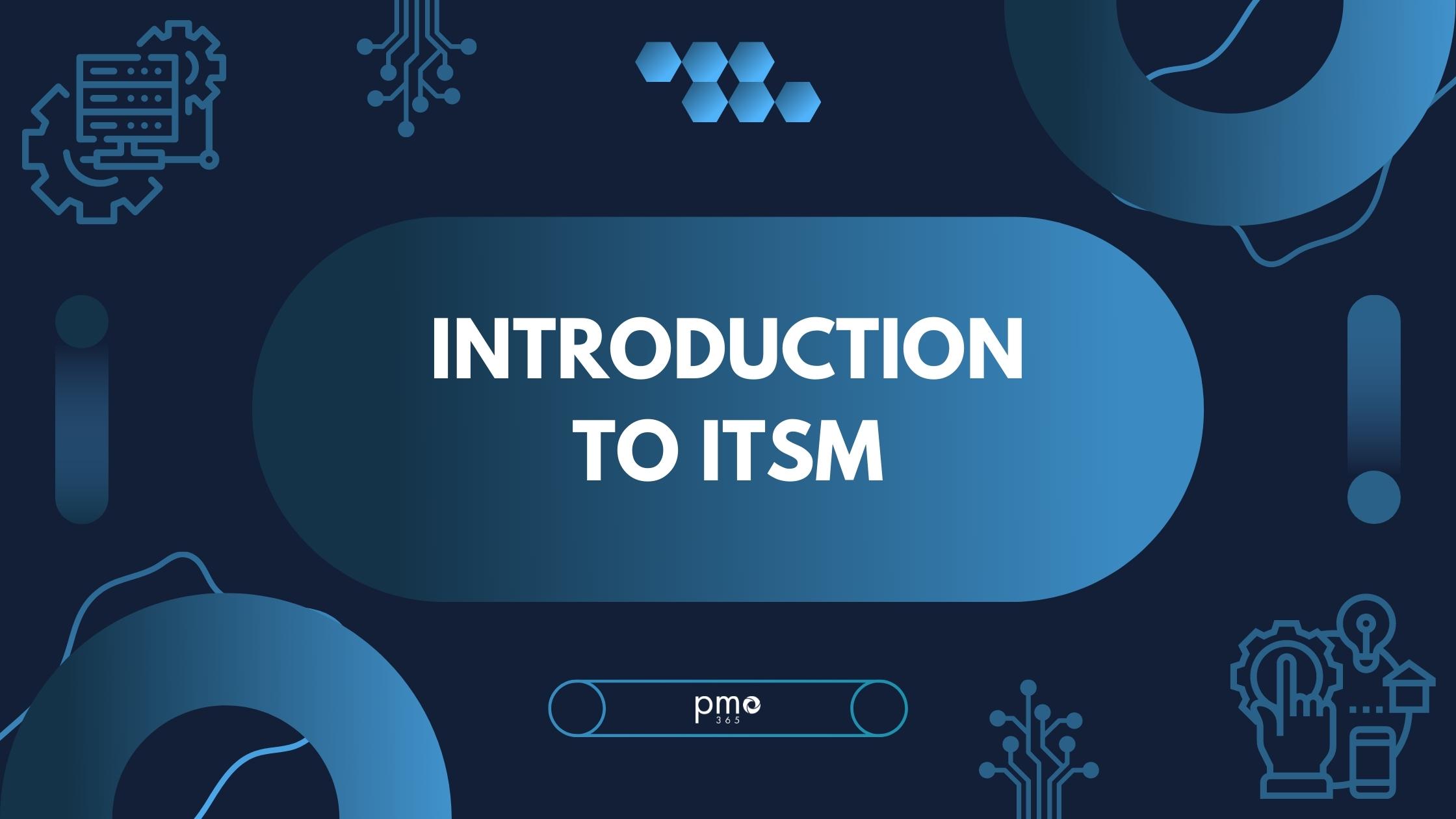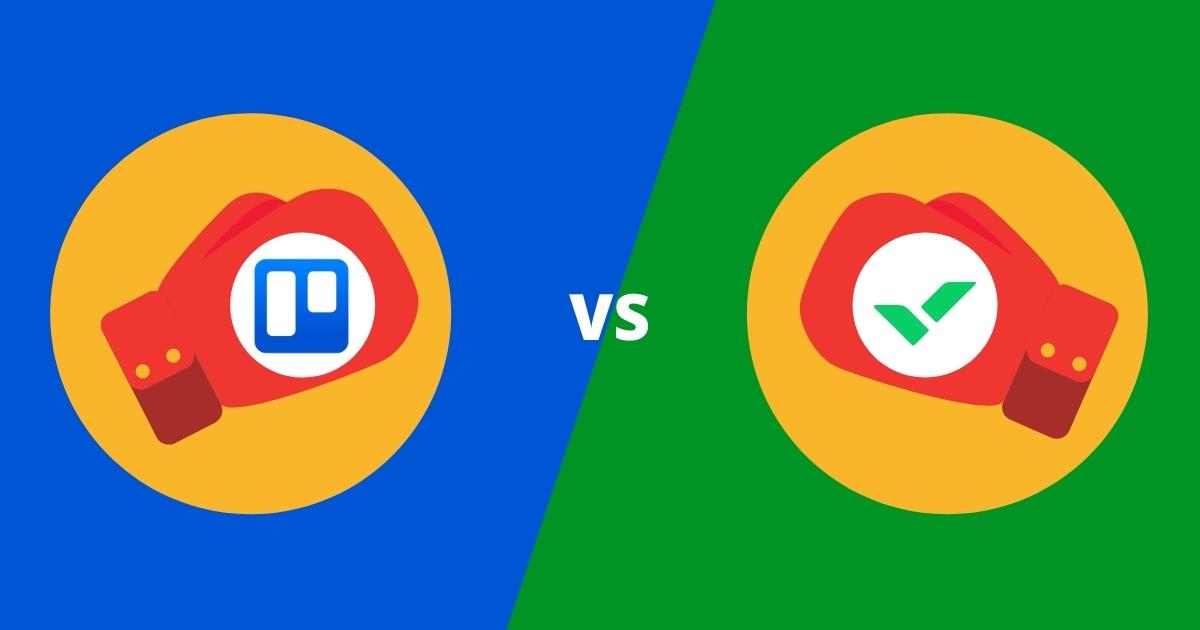Every project, project manager, and project management team is unique and different. So, there’s no magical project management approach that will fit all project management teams. But rather than having to create new processes every time you launch a new project, why don’t you utilise one of the top project management methodologies?
How do you pick the right one for you and your team? To make it easy for you, we’ve put together a clear guide of the top 8 project management methodologies. We’ll outline the pros and cons for each methodology, so you can decide which best suits you!
What is a project management methodology?
The Project Management Institute (PMI) defines a methodology as ‘a system of practices, techniques, procedures, and rules used by those who work in a discipline’. A project management methodology is a foundational framework which is built on sets of guidelines and procedures, with the aim of optimising your project activities and performance.
There are so many project management methodologies, because every industry, team, or project will have specific needs and contexts. For example, Waterfall sequential frameworks came about from production lines, and thus was the dominant methodology of the 20th century. As we’ve adapted to a digital society, the project management space favours iterative frameworks over sequential models. This is because iterative frameworks will keep up with the fast-paced and dynamic economic landscape.
As needs and processes change, project management methodologies will also change and grow to accommodate these changes. Even with thousands already in existence, we expect project managers to keep developing methodologies in coming years.
What are the benefits of using a project management methodology?
There are many benefits to using a project management methodology. Organisations who adopt project management methodologies can:
- Secure repeatable, consistent and sustainable practices that achieve recurring success.
- Reduce the impact of risk and unknowns through proper procedures that can quickly and efficiently address the issues.
- Gain better metrics to better compare and benchmark success in projects.
- Have clearer processes for continual growth and improvement in future processes, procedures and practices.
- Easily manage data, knowledge and documents in a clear, easily-accessible and practical manner that works for the team.
How do you use a project management methodology?
As we always say, there is no ‘one size fits all’ way of doing projects and the needs of every project is unique. So even with all these strong and detailed methodologies, it does not mean that you have to follow each aspect of it.
If there happens to be a methodology that perfectly suits your team – amazing! But you’re not stuck if there methodology that’s a perfect fit. Most organisations use a mashup of methodologies to find the best process that suits their organisation. Actually, research shows that 89% of project professionals utilise a hybrid mix of project management practices.
The main benefit of knowing the main methodologies is you now have knowledge of the processes that you can adapt to your unique context. Remember, there’s no distinct ‘right’ or ‘wrong’ to project management methodologies. It’s only a matter of which methodology best suits your needs!
What is the project management methodology spectrum?
Though there are thousands of project management methodologies out there, the most popular methodologies often come in two distinct camps: traditional methodologies vs iterative methodologies.
This long running debate, sometimes referred to as the Waterfall vs Agile debate, has divided project management communities. In practice, Waterfall and Agile mark the extremes on a spectrum which most methodologies between. Here’s a quick summary of the pros and cons of Traditional and Iterative Methodologies.
Traditional Project Management Methodologies: Pros and Cons
Traditional methodologies typically run projects in a sequential and linear manner. Thus, they emphasise the need for upfront information gathering, sequential project gatekeeping, and end of project testing. Some benefits of this methodology is its ability to provide straightforward planning. This, in turn, simplifies cost, schedule, and resource management processes, and clearly defines project roles, goals, and scopes. The negatives are based around its lack of flexibility to adapt to new factors. Traditional methodologies also have limited interaction with clients or customers, which leads to higher chances of projects missing the mark.
Iterative Project Management Methodologies: Pros and Cons
Iterative project management methodologies often run projects in an incremental and iterative manner. This means that these methodologies run in cycles, and, as a result, are fast-paced, flexible, and less front-heavy. The benefits of this methodology come from their high levels of flexibility, and focus on team ownership and customers. The negatives involve their requirement of highly experienced team members, propensity to project scope creep, and smaller outputs per project increment.
The Top 8 Project Management Methodologies
Our goal in creating this list is to gather the most prominent and popular methodologies in our field. From this summary, you can identify the methodologies which may best suit your organisation. We’ll go through the general frameworks of each methodologies, as well as their pros, cons and contexts.
Traditional Project Management Methodologies
1. Waterfall
The Waterfall Method is one of the oldest project methodologies, first outlined by Winston W. Royce in 1970 to accommodate for the nature of software development at the time. Waterfall grew from traditional manufacturing and construction industry approaches, and so it follows a linear, sequential project design. The project progresses in a continual downwards direction – similar to a waterfall.
Its sequential form means that it is resource-heavy in its early planning stage, as it is in this stage that the project managers plot out the entire project. This limits the space where project managers can make changes in, apart for any contingencies and unaccounted for risks. Waterfall emphasises the importance of completing phases before moving onto the next. The common six phase include:
- Requirements
- Analysis
- Design
- Implementation
- Testing
- Deployment
- Maintenance
Advantages of Waterfall
- Easy to use model: The model is very straightforward, easy to understand and use for team members, regardless if they have prior experience or not.
- Clearly defined structure: The defined stages make it easy to track progress, organise work and divide responsibilities. By going through every stage, it ensures the product is at its highest quality through each stage.
- Strong documentation: Waterfall methods are dependent on documentation to accurately understand the requirements of the projects. This makes monitoring and managing new resources easier.
Limitations of Waterfall
- Early stage dependency: Waterfall methods are heavily dependent on early stages of research, ideation, and analysis. If the project manager does not set out the scope properly in the beginning, the lack of flexibility makes it harder to adapt. This can lead to a less successful result.
- Higher risk: Because of its rigid structure, running into issues could mean having to start the project from scratch all over again. This could lead to higher costs and increases the overall project risk of failure.
- Less client engagement: Due to its late-stage testing and front-heavy processes, client’s and customers often have minimal input into the project. This means that the project team may complete the project successfully but completely miss the mark for client.
Waterfall methodology is suitable for:
- Large projects that have defined deadlines, requirements and deliverables
- Projects that require in-depth documentation
- Projects that need flexible team members and resource sharing
2. PMBoK
PMBoK, which stands for Project Management Body of Knowledge, is not technically a project management methodology. Instead, it is a collection of processes, best practices and guidelines that the project management industry have widely accepted. Its creators, the Project Management Institute (PMI), do not advocate a single methodology, though many associate PMBoK with traditional waterfall methodologies due to its grouping of project processes into sequential steps. These five process groups are:
- Initiating
- Planning
- Executing
- Monitoring and Controlling
- Closing
So though there is no specific way to run a ‘PMBok project’, it is a very reliable source for a foundational framework that you can adapt to your specific needs and industry.
Advantages of PMBoK
- Comprehensive reference: PMBoK pulls best practices and processes from a wide range of individuals and industries leading to robust and detailed elaborations on their foundational tenets to specific contexts
- Adaptability: Though typically linked to waterfall, PMBoK methods and practices are also very adaptable for iterative methodologies. This makes this a valuable source of information for organisations wanting to take more hybrid approaches.
Limitations of PMBoK
- Rigid project governance: PMBoK’a prescribes practices for project governance which center around project managers using project sponsors and stakeholders. This makes PMBoK a highly descriptive ownership of projects rather than self-managed.
- View of projects: PMBoK primarily perceives projects as a singular entity- with a start and end. As a result, project managers with long-term, iterative projects may have challenges with this approach.
PMBoK is suitable for:
- Organisation that want to build their own hybrid and adaptable project management methodologies, rooted in more traditional scopes.
3. PRINCE2
Similar to PMBoK, PRINCE2 is essentially the British counterpart to PMI. However, PRINCE2 has a clearer definition of process, which the UK government famously uses. PRINCE2 stands for Projects IN Controlled ENvironments, and is essentially a process-based approach to traditional waterfall methodologies. The approach divides projects into stages, with clearly defined inputs and outputs to minimise risks and changes.
PRINCE2 runs on 7 foundational principles, themes, and processes. Their 7 foundational principles include:
- Continue business justification
- Learn from experiences
- Define roles and responsibilities
- Manage by stages
- Manage by exceptions
- Focus on products
- Tailor to suit project environment
You can read more into their core tenets here.
Advantages of PRINCE2
- Extensive documentation: PRINCE2 depends on documentation more than other traditional methodologies. This is helpful for gathering and learning from past experiences to reduce risks.
- Clarity: PRINCE2’s clearly defined roles, stages, and processes along with its extensive documentation means that information follows through a clear chain of command. This minimises the chance of teams losing information under a deluge of activities.
Limitations of PRINCE2
- Excessive documentation: For projects that don’t require the stringent amounts of documentation, PRINCE2 approaches can simply become laborious by adding potentially unnecessary steps to the project process.
- Lack of flexibility: a common trait of traditional methodologies, projects using PRINCE2 methodologies require a redocumentation of all processes if requirements of the project change.
PRINCE2 is suitable for:
- Projects that are large scale and complex with specified fixed requirements.
Iterative Project Management Methodologies
4. Agile
The current buzzword in project management, the creators of the Agile methodology designed it in response to the inadequacies of traditional methodologies in the software industry. Agile project management methodologies are based on the 4 key values and 12 principles outlined within the Agile Manifesto.
The central focus in Agile methodology is adaptability, primarily achieved through its shorter project cycles, its focus on incremental growth, and self-ownership and team autonomy. As a result, Agile processes are not as clear-cut and sequential as traditional methodologies. Instead, Agile teams mainly working within the scope of what is achievable within a single project cycle.
Advantages of Agile
- Flexibility and adaptability: This inherent quality of Agile methods give teams the freedom to be more experimental in the ideation process, and to adapt to changing requirements as they come.
- Lower risk: Agile methods emphasises continuous feedback and input from clients and stakeholders. This means that teams address potential risks and issues early on, reducing the overall chance for project failure.
Limitations of Agile
- No fixed plan: The flexible nature of Agile projects means that planning resources and costs for future iterations of projects is much more complicated. This can be particularly hard for large organisations with many projects running at the same time with continually changing resource needs.
- Collaboration dependent: Because of the short and intense cycles of Agile, team members have to work very closely with each other to achieve results. However, if a team is geographically dispersed, they may find close collaboration challenging. Agile is largely feedback dependent, which further requires team members to collaborate with clients and stakeholders.
Agile is suitable for:
- Projects that have a high level of complexity and uncertainty which requires flexibility.
- Projects that do not have fixed product deliverables, costs and scope; typically those that are long-term.
5. Scrum
Scrum is an extension of the Agile methodology. Many project managers view Scrum as an extended framework which teams can use to execute Agile values and principles. If Agile is your ideal philosophy, Scrum is the methodology that gets you there. The Scrum approach puts the team at the center of all projects, and operates through specified roles, events and artifacts. All Scrum activities are based on five core values: commitment, courage, focus, openness, and respect. Scrum uses its own unique set of terminologies which are all centred on team self-organisation and management. Some Scrum terminology you may have heard of include:
- Scrum master
- Sprints
- Daily Scrum
- Sprint backlogs
Advantages of Scrum
- Short and focused project cycles: Scrum project cycles, also known as sprints, typically run for a period of 30 days or less. These break projects down into smaller pieces, and therefore allow for more frequent feedback. Team members can focus on specific deliverables as a result of the short cycle, rather than all aspects of the project. This causes the team to produce higher quality products.
- Speed: The flexibility and speed of scrum sprints gives teams the adaptability to manage changes and issues as they come.
- Team-centered: the self-managed nature of scrum sprints means that teams have clear visibility of their project needs. Thus, they can set their own priorities based on their own understandings of their capabilities.
Limitations of Scrum
- Higher chance of scope creep: Without any fixed end-date and end goals, Scrum projects are more likely to go over budget and time.
- Highly dependent on team members: Without a proper project manager, Scrum projects are at the whims of their teams capabilities, discipline and motivation. Without the adequate experience, Scrum projects are more likely to fail.
- Not completely flexible: Due to its dependency on the team, Scrum projects can easily fall apart if any resources or team members leave. This leads to a lack of flexibility of resources for large projects and organisations that continually share resources.
Scrum is suitable for:
- Large and complex projects run by a small team of skilled members.
- Projects that require flexibility, adaptability and continuous client feedback.
6. Lean
Lean is all about delivering more with less. Rooted in the Japanese manufacturing industry, it isn’t a complete methodology and framework. Rather, it is a set of foundational guideline principles that dictate the project process. Lean focuses more on addressing three common dysfunction within projects that create waste known as the 3Ms: Muda, Mura and Muri.
Muda focuses teams on eliminating waste by removing processes that don’t add value to the customer. It identifies seven original wastes as: transport, inventory, motion, waiting, overproduction, over-processing, and defects. For digital-based projects, teams can adapt these general concepts to their contemporary contexts.
Mura focuses teams on eliminating variations by removing overhead variances in the workflow process. It ensures all that teams level out all scheduling and operations to ensure a smooth flowing project process.
Muri focuses teams on eliminating overload by removing unnecessary expectations. Then teams can work within productive capacities to optimise resources rather than simply maximising.
Advantages of Lean
- Streamlining project processes: By identifying spaces of waste, project processes become more efficient letting projects run on-budget and on time.
- Improve team satisfaction: Due to its unique focus on work overloads, Lean approaches collaborate closely with team members leading to increased sense of ownership to the project and its results.
Limitations of Lean
- New inefficiencies: Lean techniques have their limits. Organisations can only streamline certain processes so far before they become overused. Once they reach that level, organisations have to address efficiencies, which can be time consuming and complicated.
- Low margin for error and change: When processes are all dependent on efficiency, it often makes it hard to accommodate sudden changes and errors as it assumes everything will run at optimum levels continuously.
Lean is suitable for
- Organisation that want to optimise their project processes and unify value streams across the entire organisation.
7. Kanban
The Kanban methodology was developed by Toyota in the 1950s by adapting supermarket inventory control logics. It applies a mixture of Lean principles with a less prescriptive form of Scrum processes. It emphasises on flexibility, collaboration, and self-managing teams. However, Kanban does not have prescribed roles. Rather, it focuses on improving outputs from teams prioritising parts of the project. The main way they do this is through visualising workflows clearly to reduce bottlenecks, wastages, and inefficiencies. Kanban methods operate on six general practices:
- Visualisation
- Limiting work in progress
- Flow management
- Making policies explicit
- Using feedback loops
- Collaborative or experimental evolution
Advantages of Kanban
- Easy to use: Kanban’s high visual form makes it easy to use even if without much experience with iterative methodologies and practices.
- Flexibility: Like most iterative methodologies, Kanban projects can easily be adapted and changed in real-time without much documentation barriers.
- Facilitates collaboration: With its open collaboration model, Kanban makes it easy for teams to plan and work together to complete tasks, rather than simply allocating specific roles and responsibilities.
Limitations of Kanban
- Lack of focus: Due to the lack of defined roles and responsibilities, team members can easily lose focus on the most important tasks and objectives.
- Can quickly become complex: Its highly visual format can run into limitations once projects get too complex and can eventually lead to confusion rather than clarity.
- Can run over schedule: The lack of timing parameters is one of the biggest limitations on Kanban board and methods.
Kanban is suitable for:
- Project with clearer objectives and smaller team but need flexibility and adaptability in project delivery process.
8. Hybrid methodology
As the name would suggest, Hybrid methodologies are a combination of traditional and iterative methodologies. Rather than a specific methodology, hybrids are the mashup of methodologies. They central goal of applying approaches that achieve the best results for the specific context, client, and project. The idea is to get the best of both worlds, allowing projects the flexibility to adapt to changes and the structure to imbue confidence and security in the project’s success.
Due to its highly adaptable nature, there is no one way to build a hybrid methodology. However, an increasingly common hybrid methodology is Wagile. A play on the words Waterfall and Agile, Wagile is exactly that – a blend of the two polar opposite methodologies into one. The core Wagile philosophy is to:
- Move fast
- Practice discipline
- Understand risks
- Engage customers
- Provide autonomy
Advantages of Hybrid
- Improved flexibility: Though hybrid methodologies often pull on traditional methodologies during the planning stage, they are structured to give more freedom during the project implementation stage. This allows project managers the flexibility to make incremental changes easily and in real-time.
- Enhanced structures: By pulling from traditional planning processes, hybrids have the structures that are critically lacking in purely iterative methodologies.
Limitations of Hybrid
- Compromise: Due to their diametrically opposed nature, there will be certain compromises on both flexibility and structure that have to be made.
- Continuous administrative intervention: Depending on where you implement the different approaches, processes need to be clear cut from the beginning. This is because it can become very complex and taxing to continually deal with team conflicts and misunderstandings resulting from these to the different approaches.
Hybrid methodologies suitable for:
- Projects that need a mixture of flexibility and structure.
How to pick the right project management methodology
Thus, it is clear that there is no one-size-fits-all project management methodology. An Agile approach may not work well for a large-scale facility development project, nor would a traditional waterfall approach work well for a competitive software project needing constant updates.
We’ve made a list of the five steps to take when selecting your project management methodology.
Step one: Evaluate the project’s needs
What does this project need to achieve? What is the best way to achieve that? If the goal of your project is to build a new customer software that requires new external talent and flexibility, you need to select a methodology that can accommodate that.
Further, consider the general make-up of the project. This includes how the your organisation has budgeted the project, the project’s size and complexity, any time-frame restrictions, and context of your industry context. If you have a fixed and tight budget, iterative methodologies may not be the best match as they have the tendency to run over-budget due to their open-ended timelines.
Step two: Understand your organisation’s context and structures
The structure, culture, and context of your organisation can impact how effectively your team can apply or adapt a project management methodology. Learn about your organisation’s history with different methodologies, their pre-existing culture, hierarchical structures, PPM maturity levels, size and industry as you choose a project management methodology.
Step three: Determine your current teams values, practices and capabilities
Many iterative methodologies are highly dependent on the capabilities of the team itself. If your team doesn’t have experience managing itself, and motivating and organising itself, it may not be a wise choice to implement a Scrum approach. Your methodology is your project blueprint, but if your team can’t read it – you’re not going anywhere!
Step four: Identify your stakeholders needs and expectations
Investigate to what extent stakeholders will be involved in project processes. This will allow you accommodate their expectations. If the project is a customer service software, it is important to be continually receiving feedback on the software, so you can quickly launch future improvements. However, projects that don’t require much feedback won’t benefit from constant feedback loops in Agile methodologies.
Involving and valuing stakeholder interest will often lead to higher chances of project success, so make sure you take them into account.
Step five: Assess your tools
Theoretically, PPM solutions are methodology-agonistic. However, the reality is that most project management tools are catered for specific methodologies. That’s why it is important to assess the tools you use, and whether they work with your selected methodology. If they don’t, is your organisation willing to implement a new project management software? To help you out, we’ve made a guide on how to find the best PPM software and tools for your organisation’s needs. Some key things you need to consider when assessing your PPM tools are the key features you need, a cost/benefit analysis of different tools, and evaluating their return on investment.
Any methodology you use, pmo365 is the best PPM service for you
No matter if you’re team iterative or team waterfall, we’ve got your back! Our PPM service is made to cater to your specific needs and requirements. From our intuitive software, all-round support services, our simplified pricing packages and our extensive PPM experience, we’re confident we can bring your organisation’s project management activities to the next level. If you know just how we can revolutionise your project management activities, make sure to book a free trial and speak directly with our PPM experts.
